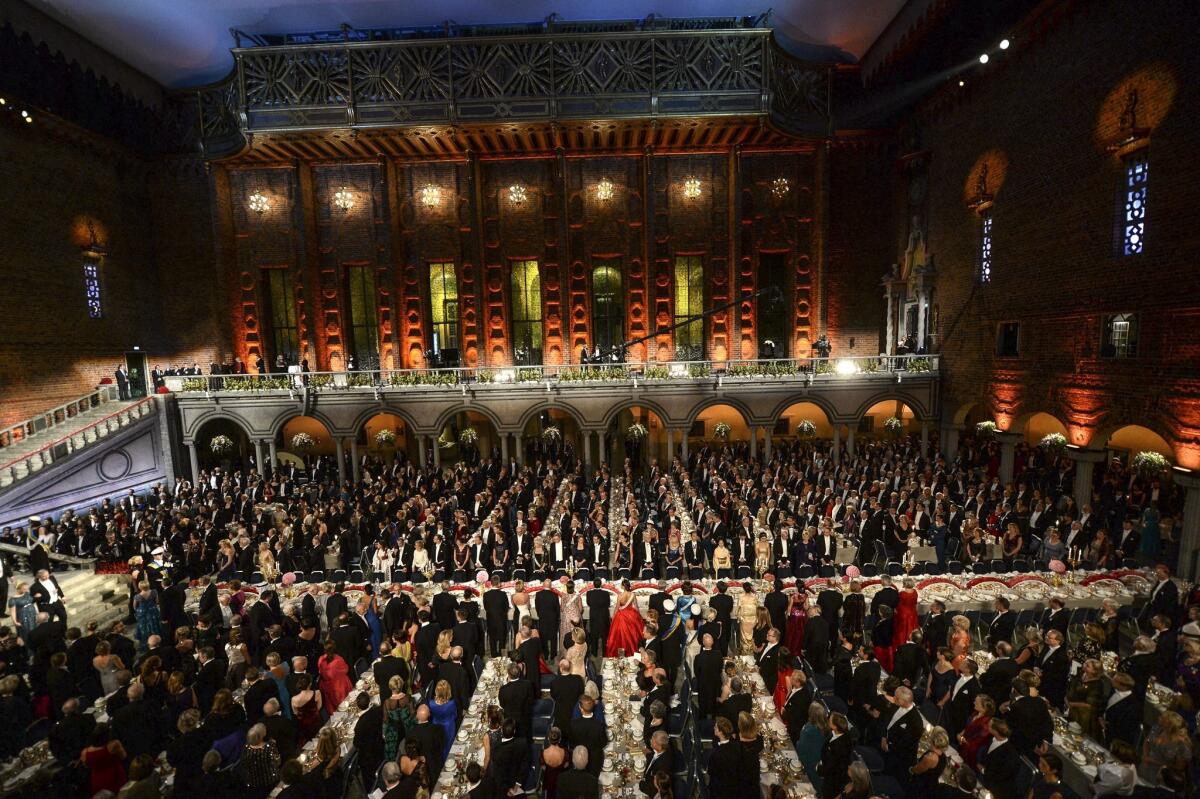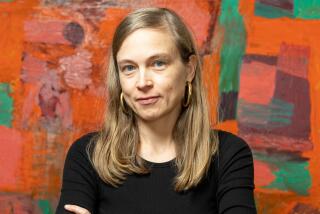Nobel Prize leadership change at the Swedish Academy

When the Nobel Prize in Literature is announced, it’s the Swedish Academy’s permanent secretary Peter Englund who steps before the cameras with the news. That is, it was Englund; beginning in 2015, it’ll be Sara Danius. Danius will be taking over as permanent secretary on June 1.
The Literary Saloon at the Complete Review notes that with Englund in his position until the end of May, “he’ll still be overseeing the early 2015 Nobel work, right through the selection of the longlist and then the final list of five or so ‘priority candidates’” -- M.A. Orthofer points to Englund’s own blog post, which explains a bit more, albeit in Swedish.
Will Danius’ selection mean anything to the selection process? As an outsider, it’s impossible to say. Although from time to time its judges speak out -- in particular, Horace Engdahl has a habit of making disparaging remarks about American writers -- the selection process is done entirely in secret.
Orthofer turns to Danius’ biography for clues as to how her voice, one of 18, might affect the outcome. For me, the most salient point is that while in school, Danius’ extracurricular activities were “focused on basketball and David Bowie.”
Perhaps more to the literary point, Danius, who was born in Sweden in 1962, has been writing literary criticism since 1986. She has spent time in the U.S. -- at UCLA and the Getty Research Institute in Los Angeles, where she worked on a project about Proust and modernity, and at Duke University, where she studied under Frederick Jameson.
A professor, she has written and published extensively. Her work includes exploring the connection between aesthetics and technologies in modernism; realism and visualization in 19th century literature; the work of James Joyce; and realism and “lowbrow” expression.
Her writing is not widely available in the U.S., but after she appears before the Nobel Prize cameras, perhaps publishers will take a renewed interest.
Book news and more; I’m @paperhaus on Twitter
More to Read
Sign up for our Book Club newsletter
Get the latest news, events and more from the Los Angeles Times Book Club, and help us get L.A. reading and talking.
You may occasionally receive promotional content from the Los Angeles Times.







